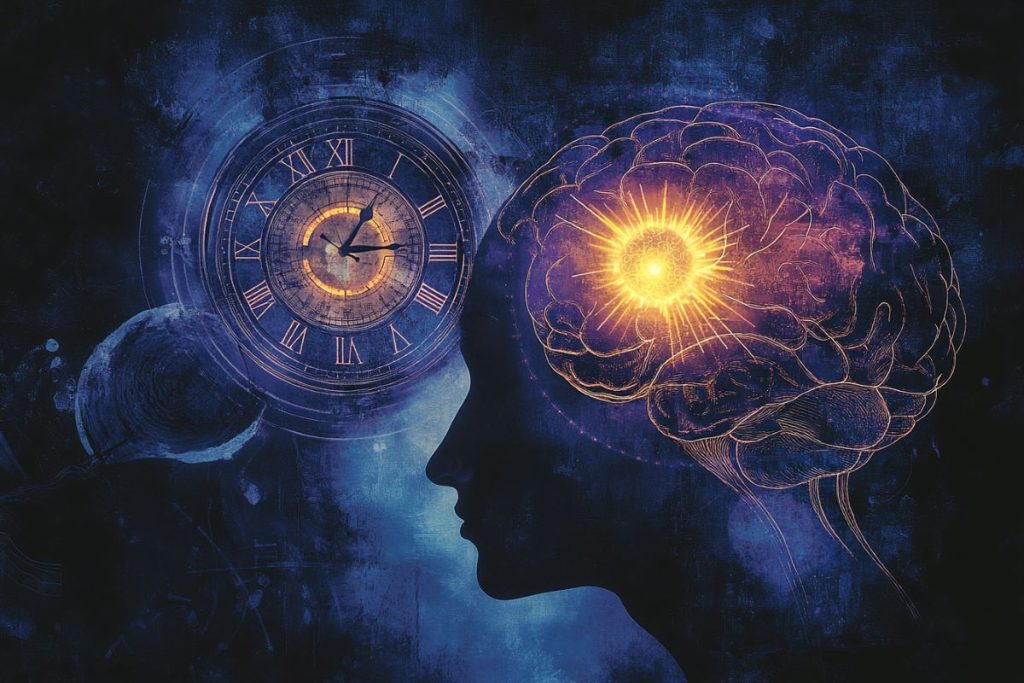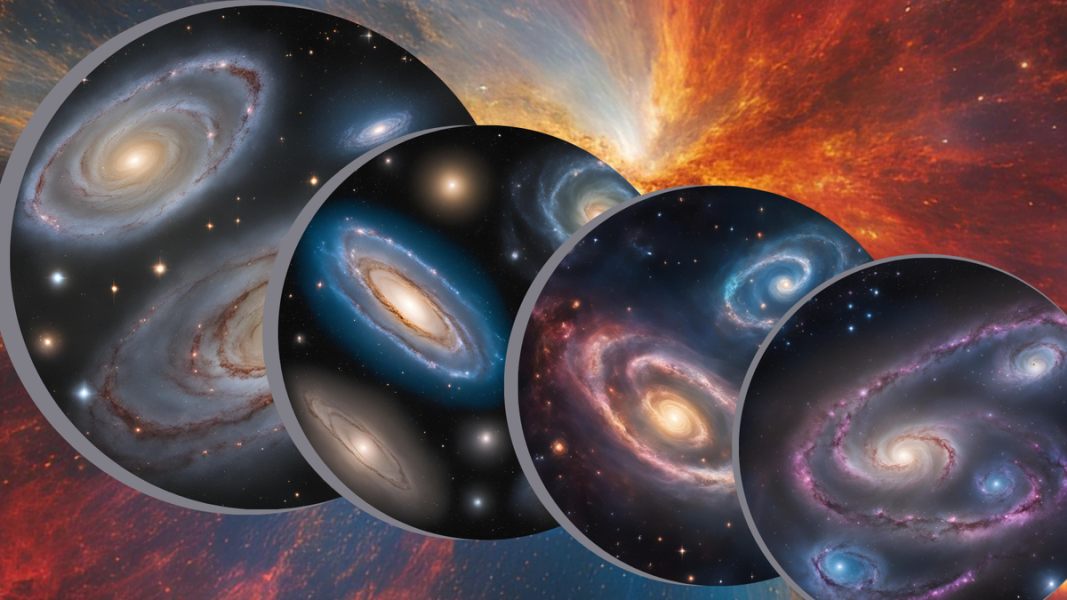Dopamine Clock May Drive Bipolar Mood Swings – Neuroscience News

Summary: New research suggests that mood swings in bipolar disorder are regulated by two clocks: the body’s 24-hour circadian rhythm and a dopamine-based clock that influences alertness. When these clocks align at specific intervals, they may trigger shifts between mania and depression.Researchers demonstrated this in mice by activating the dopamine clock, creating mood rhythms akin to bipolar cycling. The findings could lead to treatments targeting the dopamine-based clock to stabilize mood episodes by reducing their frequency and intensity.Key Facts:Source: McGill UniversityA brain rhythm working in tandem with the body’s natural sleep-wake cycle may explain why bipolar patients alternate between mania and depression, according to new research.The McGill University-led study published in Science Advances marks a breakthrough in understanding what drives shifts between the two states, something that, according to lead author Kai-Florian Storch, is considered the “holy grail” of bipolar-disorder research.“Our model offers the first universal mechanism for mood switching or cycling, which operates analogously to the sun and the moon driving spring tides at specific, recurring times,” said Storch, an Associate Professor in McGill’s Department of Psychiatry and a researcher at the Douglas Research Centre.The findings suggest that regularly occurring mood switches in bipolar disorder patients are controlled by two “clocks”: the biological 24-hour clock, and a second clock that is driven by dopamine-producing neurons that typically influence alertness.A manic or depressed state may arise depending on how these two clocks, which run at different speeds, align at a given time.Notably, the authors say this second dopamine-based clock probably stays dormant in healthy people.To carry out their study, the scientists activated the second clock in mice to create behavioral rhythms similar to the mood swinging in bipolar disorder. When they disrupted dopamine-producing neurons in the brain’s reward centre, these rhythms ceased, highlighting dopamine as a key factor in the mood swings of bipolar disorder.Current treatments for bipolar disorder focus on stabilizing moods but often don’t address the root causes of mood swings, the researchers said.“Our discovery of a dopamine-based arousal rhythm generator provides a novel and distinct target for treatment, which should aim at correcting or silencing this clock to reduce the frequency and intensity of mood episodes,” said Storch.What remains unknown is the exact molecular workings of the dopamine clock, as well as the genetic and environmental factors that may activate it in humans. The research team’s next step will be to focus on these molecular “gears” and investigate these potential triggers.Funding: This research was supported by the Canadian Institutes for Health Research, the Natural Sciences and Engineering Research Council of Canada, the National Institutes of Health and the Graham Boeckh Foundation.Author: Keila DePapeSource: McGill UniversityContact: Keila DePape – McGill UniversityImage: The image is credited to Neuroscience NewsOriginal Research: Open access.“Mesolimbic dopamine neurons drive infradian rhythms in sleep-wake and heightened activity state” by Kai-Florian Storch et al. Science AdvancesAbstractMesolimbic dopamine neurons drive infradian rhythms in sleep-wake and heightened activity stateInfradian mood and sleep-wake rhythms with periods of 48 hours and beyond have been observed in patients with bipolar disorder (BD), which even persist in the absence of exogenous timing cues, indicating an endogenous origin.Here, we show that mice exposed to methamphetamine in drinking water develop infradian locomotor rhythms with periods of 48 hours and beyond which extend to sleep length and manic state–associated behaviors in support of a model for cycling in BD.The cycling capacity is abrogated upon genetic disruption of dopamine (DA) production in DA neurons of the ventral tegmental area (VTA) or ablation of nucleus accumbens projecting DA neurons.Furthermore, chemogenetic activation of VTADA neurons including those that project to the nucleus accumbens led to locomotor period lengthening in circadian clock–deficient mice, which was counteracted by antipsychotic treatment.Together, our findings argue that BD cycling relies on infradian rhythm generation that depends on mesolimbic DA neurons.Your email address will not be published. Required fields are marked *Comment *Name * Email * Website Notify me of follow-up comments by email. Notify me of new posts by email. Neuroscience News Sitemap Neuroscience Graduate and Undergraduate Programs Free Neuroscience MOOCs About Contact Us Privacy Policy Submit Neuroscience News Subscribe for EmailsNeuroscience Research Psychology News Brain Cancer Research Alzheimer’s Disease Parkinson’s News Autism / ASD News Neurotechnology News Artificial Intelligence News Robotics NewsNeuroscience News is an online science magazine offering free to read research articles about neuroscience, neurology, psychology, artificial intelligence, neurotechnology, robotics, deep learning, neurosurgery, mental health and more.
Source: https://neurosciencenews.com/dopamine-clock-bipolar-disorder-28383/






